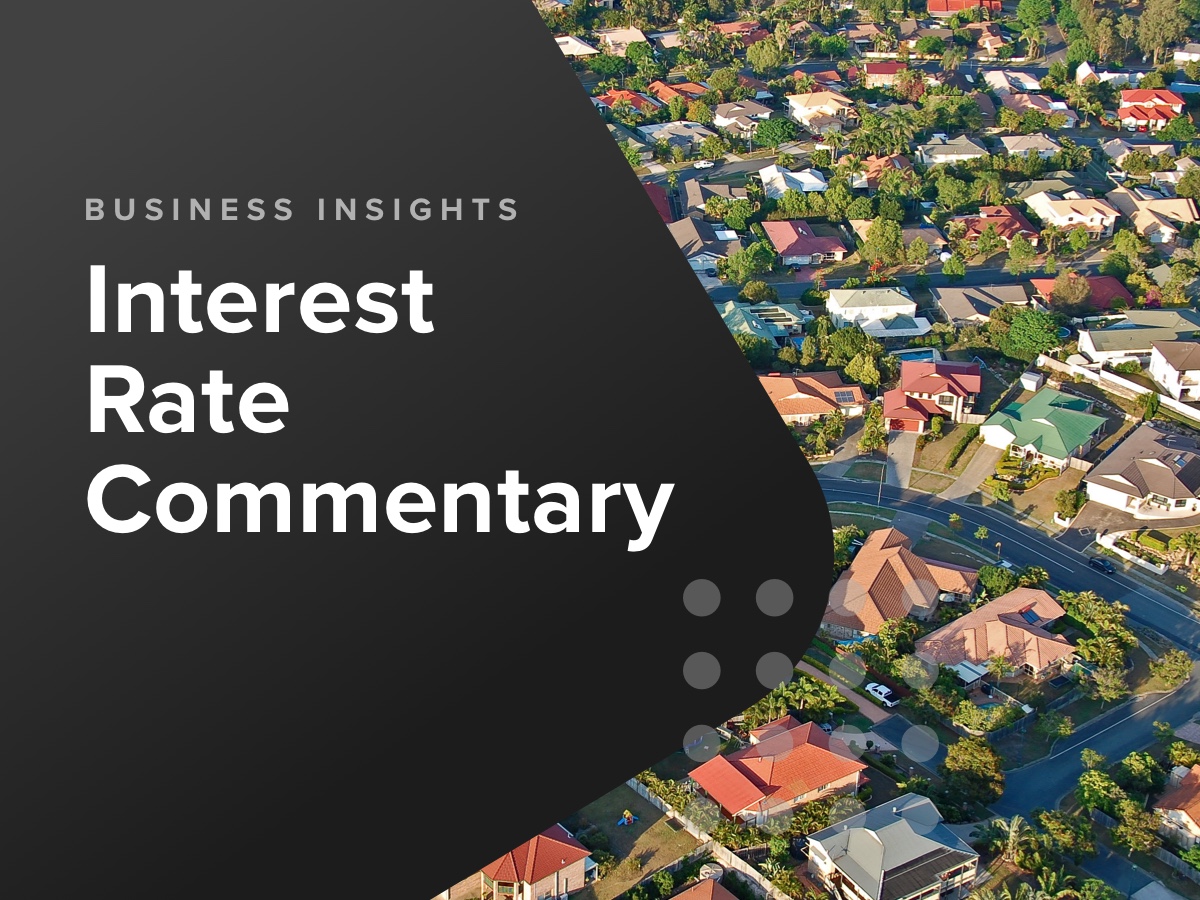When reviewing the financial performance of a business, the primary measure I look at is Return on Capital Employed (ROCE). ROCE not only measures the profitability of a business but also the efficiency with which its capital is employed. In Laymen’s terms, ROCE works out how much bang for your buck you’re getting out of the time and money you’ve invested in the business. Generally, if this rate of return isn’t high enough it is a sign that some things aren’t quite right. ROCE is a key performance measure because it focuses on the relationship between the inputs and outputs of the business. In accounting speak; the inputs of a business are included in the balance sheet – things like stock, debtors, creditors, plant & equipment and the like. The outputs are included in the profit and loss statement – things like sales, cost of sales (or margin), and expenses.
So, what are the things you can look at if your ROCE isn’t high enough? Here are my magnificent seven tips for things to look at.
- Profitability
Look at the percentage that your pre-tax profit bears to your sales. Ideally, you should be looking at EBIT or earnings (profit) before interest and tax. The higher this percentage the better, but as a guide I consider a profitability percentage of less than 5% as too low.
- Margin
One of the key influencers of your profitability percentage is your gross profit margin. If your profitability percentage is too low then the chances are you’re not making enough margin on your sales. Some businesses reduce margin in order to generate additional sales. Depending on the stage of the business cycle you’re in, this can be a road to destruction.
- Volume
For small (or micro) businesses, scale can be a problem. This is because you’ve got fixed costs just to open your doors. That means that until you reach a critical mass, you’re likely to run at a loss. But don’t chase volume (or sales) for the sake of it. At the end of the day, you need to make a profit on what you sell. Once you reach your breakeven point you should focus on building margin, so that you make more profit.
- Expenses
If you’ve looked at the above and still have problems then you need to take a razor to your expenses. Generally, you’ll find that focusing on margin will yield the biggest ‘bang for buck in lifting profitability, but sometimes we let expenses get out of hand.
- Working capital
The first four tips focused on the profit and loss statement,., the remaining tips focus on the inputs to the business.. Working capital is a big one, particularly for fast growing businesses.
- Surplus assets
Sometimes business accumulate unnecessary assets that are no longer needed. This represents real cash which can be freed up by offloading these assets. Businesses can sometimes have a “lazy” balance sheet. This means that may have excess plant and equipment, excess stock holdings or debtor management has deteriorated. Cleaning up a “lazy” balance sheet is essential for good business performance.
- A little bit of this, a little bit of that
As always, many small changes can have a compounding effect on business performance. Often it is not necessary to make massive changes to a business in order to improve financial performance. So focus on making small changes to all of the above areas.
At the end of the day, ROCE drives business value. If you want to increase the value of your business then focus on increasing your ROCE.
About author
Grant Field is Managing Director of MGI South Queensland and Executive Chairman of MGI Australasia, a global alliance of independent accountants and business advisors. A management consultant specialising in family and privately-owned business, Grant has over 30 years accounting and business development experience, complemented by more than 10 years experience in banking and finance.



